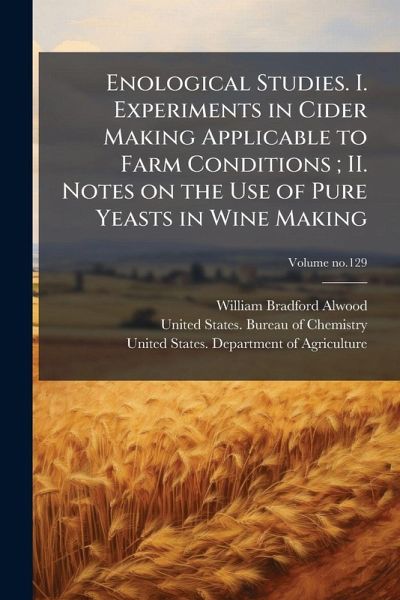
Enological Studies. I. Experiments in Cider Making Applicable to Farm Conditions; II. Notes on the Use of Pure Yeasts in Wine Making

PAYBACK Punkte
7 °P sammeln!
"Enological Studies. I. Experiments in Cider Making Applicable to Farm Conditions; II. Notes on the Use of Pure Yeasts in Wine Making," Volume 129, presents a detailed examination of early 20th-century enological practices. Authored by William Bradford Alwood and published in 1909 under the United States Bureau of Chemistry and the Department of Agriculture, this study offers insights into the scientific methods applied to cider and wine production during that era. The first part delves into experiments designed to improve cider making processes within farm settings. The second part explores t...
"Enological Studies. I. Experiments in Cider Making Applicable to Farm Conditions; II. Notes on the Use of Pure Yeasts in Wine Making," Volume 129, presents a detailed examination of early 20th-century enological practices. Authored by William Bradford Alwood and published in 1909 under the United States Bureau of Chemistry and the Department of Agriculture, this study offers insights into the scientific methods applied to cider and wine production during that era. The first part delves into experiments designed to improve cider making processes within farm settings. The second part explores the utilization of pure yeasts in winemaking, providing valuable notes on enhancing wine quality and consistency. This historical text is a valuable resource for those interested in the evolution of food science and agricultural technology. This work has been selected by scholars as being culturally important, and is part of the knowledge base of civilization as we know it. This work was reproduced from the original artifact, and remains as true to the original work as possible. Therefore, you will see the original copyright references, library stamps (as most of these works have been housed in our most important libraries around the world), and other notations in the work. This work is in the public domain in the United States of America, and possibly other nations. Within the United States, you may freely copy and distribute this work, as no entity (individual or corporate) has a copyright on the body of the work. As a reproduction of a historical artifact, this work may contain missing or blurred pages, poor pictures, errant marks, etc. Scholars believe, and we concur, that this work is important enough to be preserved, reproduced, and made generally available to the public. We appreciate your support of the preservation process, and thank you for being an important part of keeping this knowledge alive and relevant.



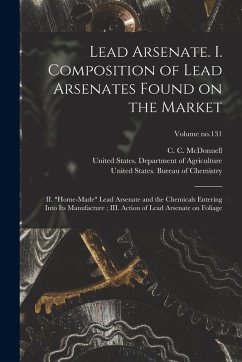
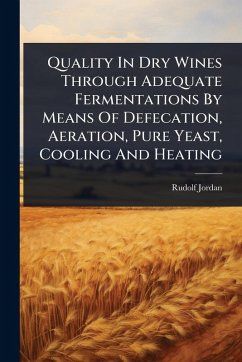
![Outlines of Flemish Husbandry [microform]: as Applicable to the Improvement of Agriculture in Canada Cover Outlines of Flemish Husbandry [microform]: as Applicable to the Improvement of Agriculture in Canada](https://bilder.buecher.de/produkte/66/66201/66201141n.jpg)

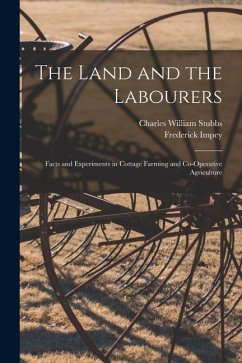

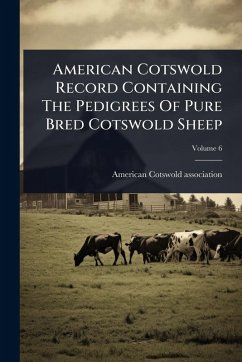
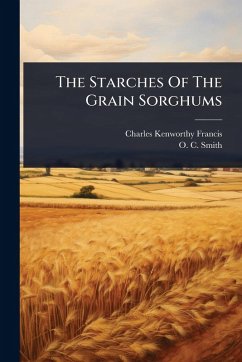
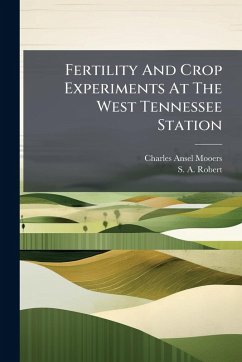
![Results of Experiments With Early, Medium and Late Sowings of Grain [microform] Cover Results of Experiments With Early, Medium and Late Sowings of Grain [microform]](https://bilder.buecher.de/produkte/66/66188/66188398n.jpg)